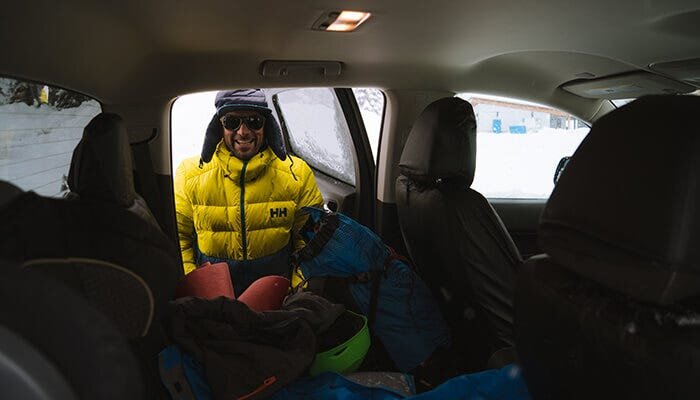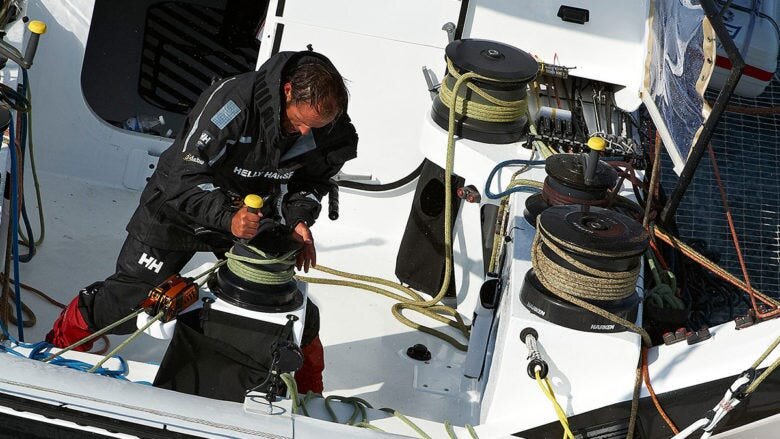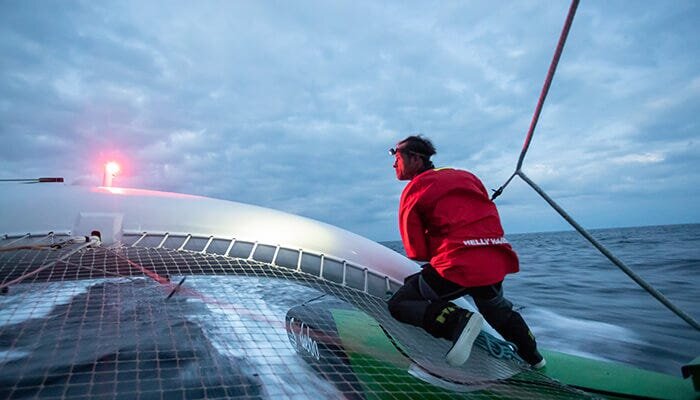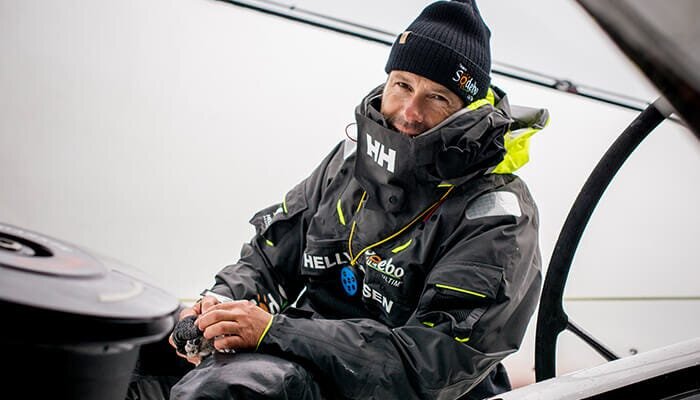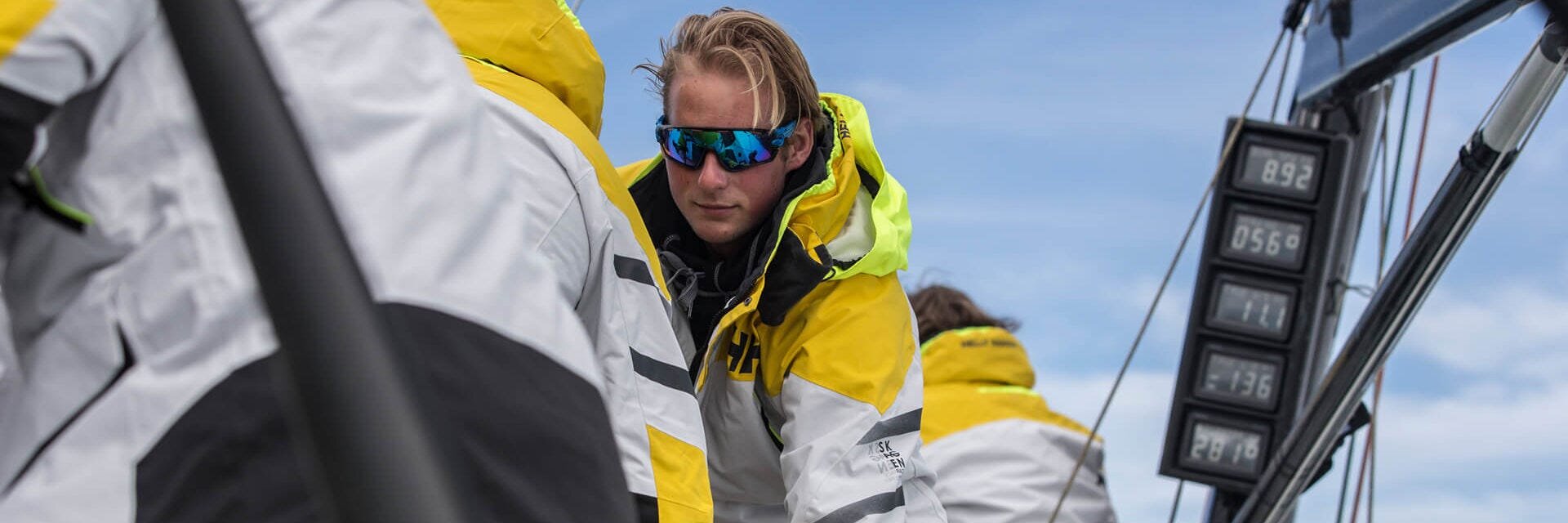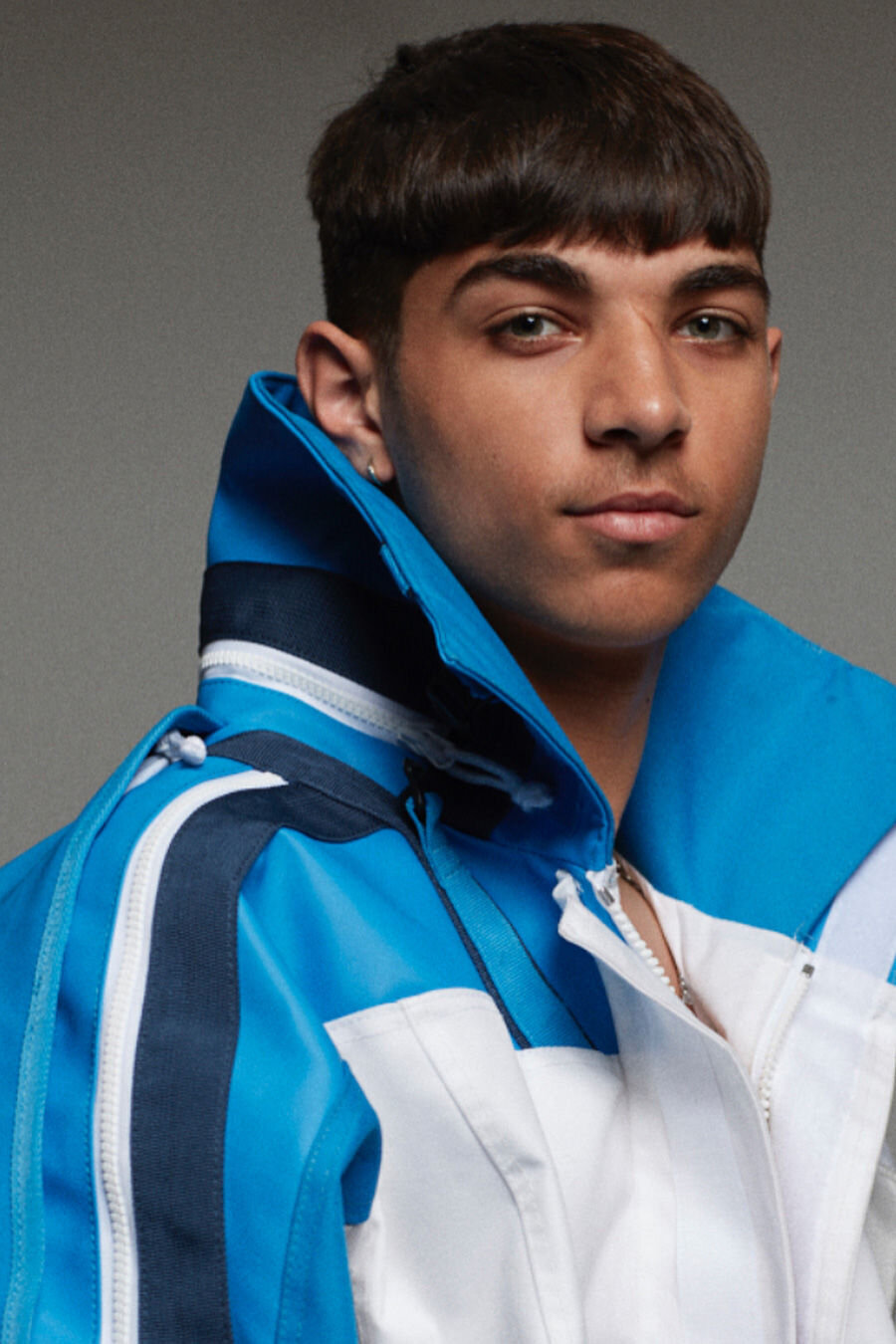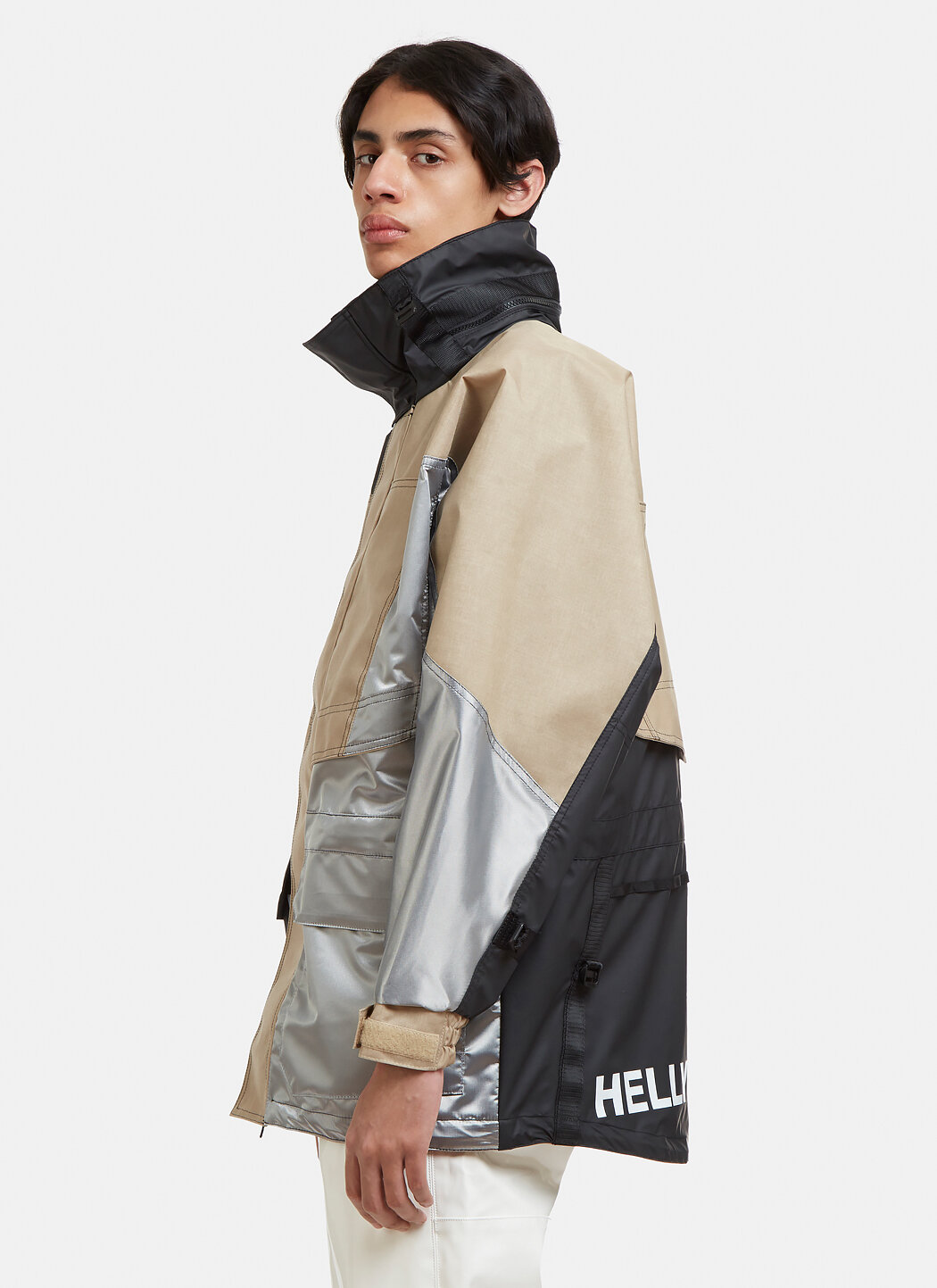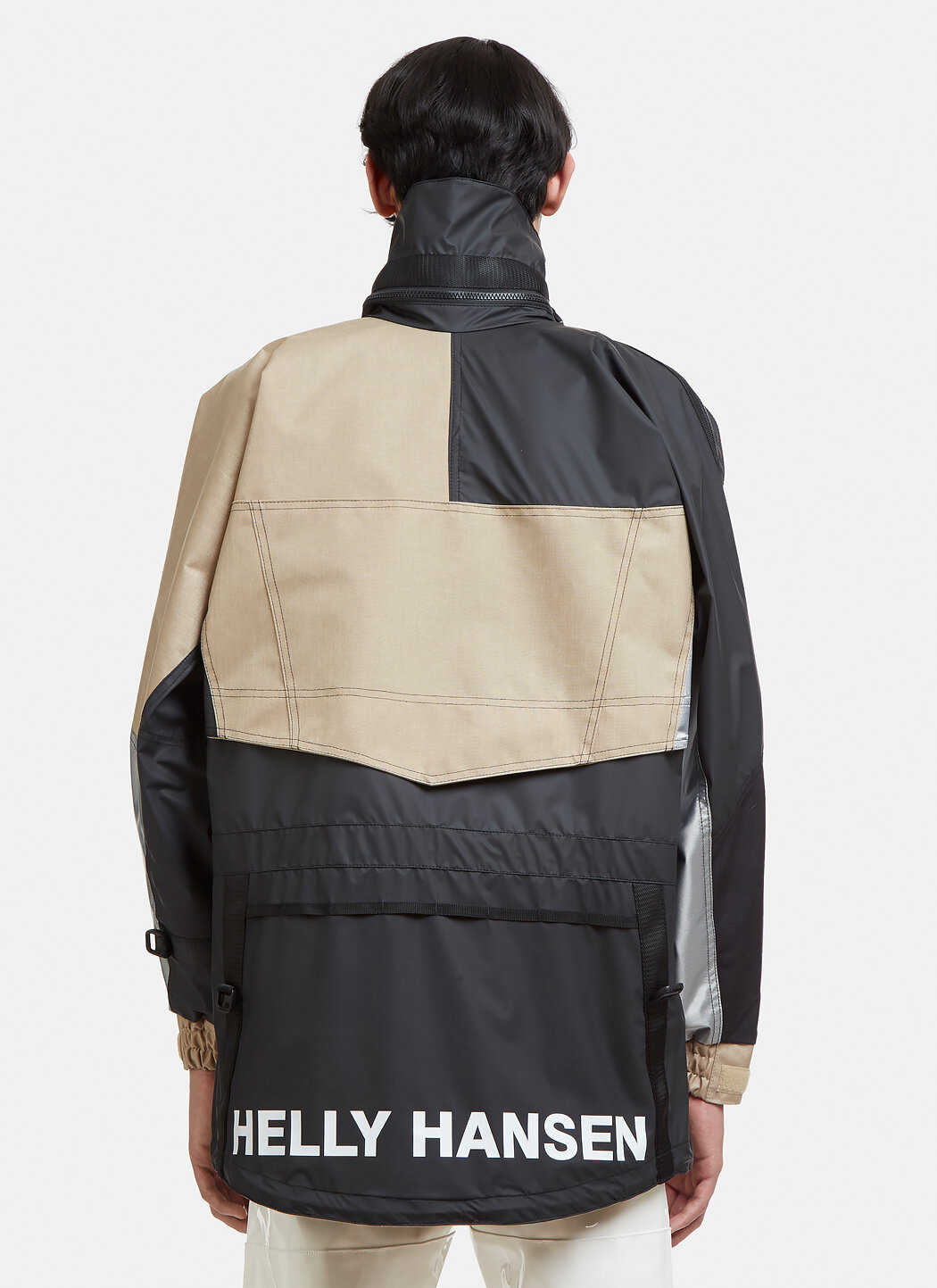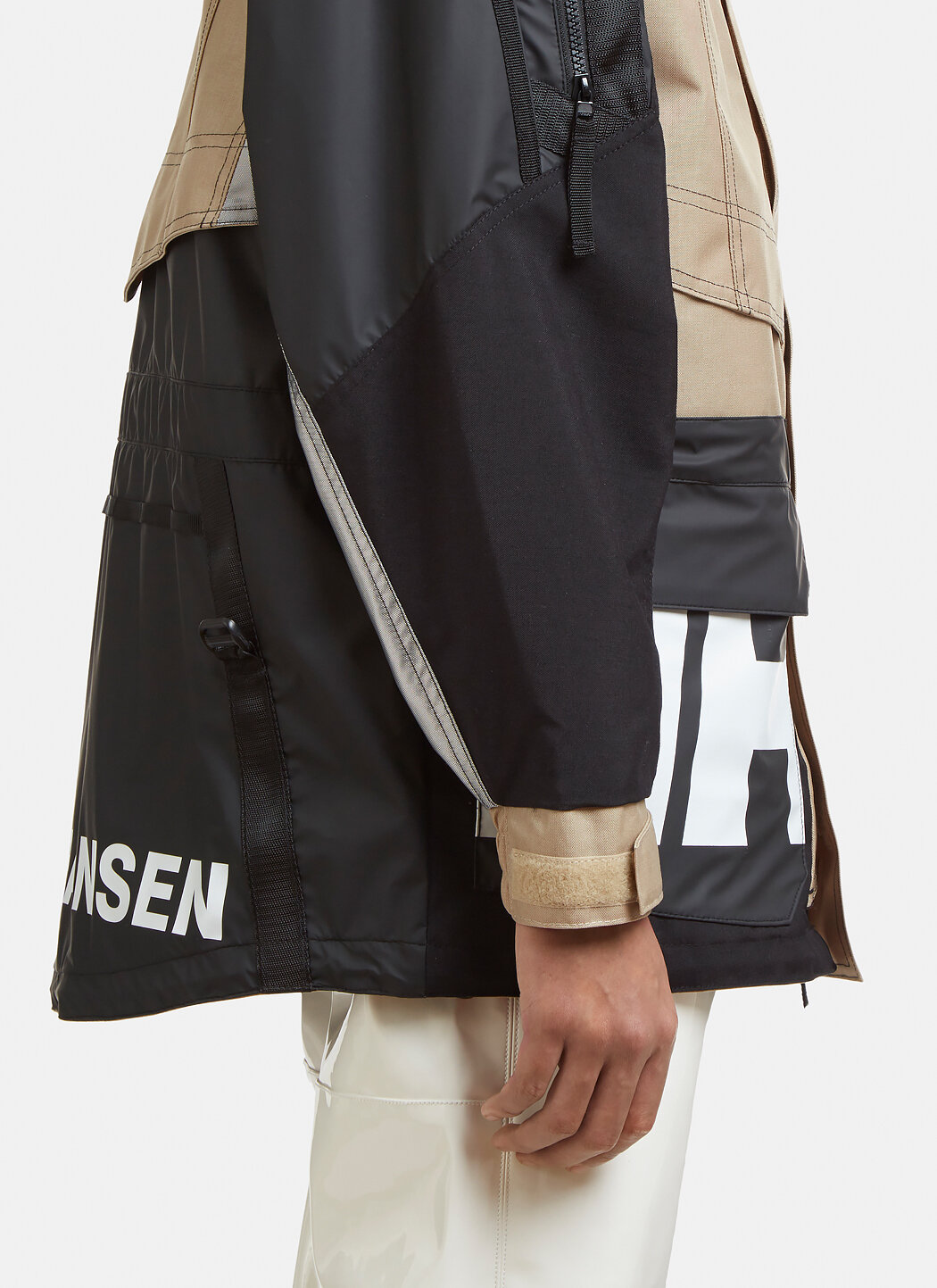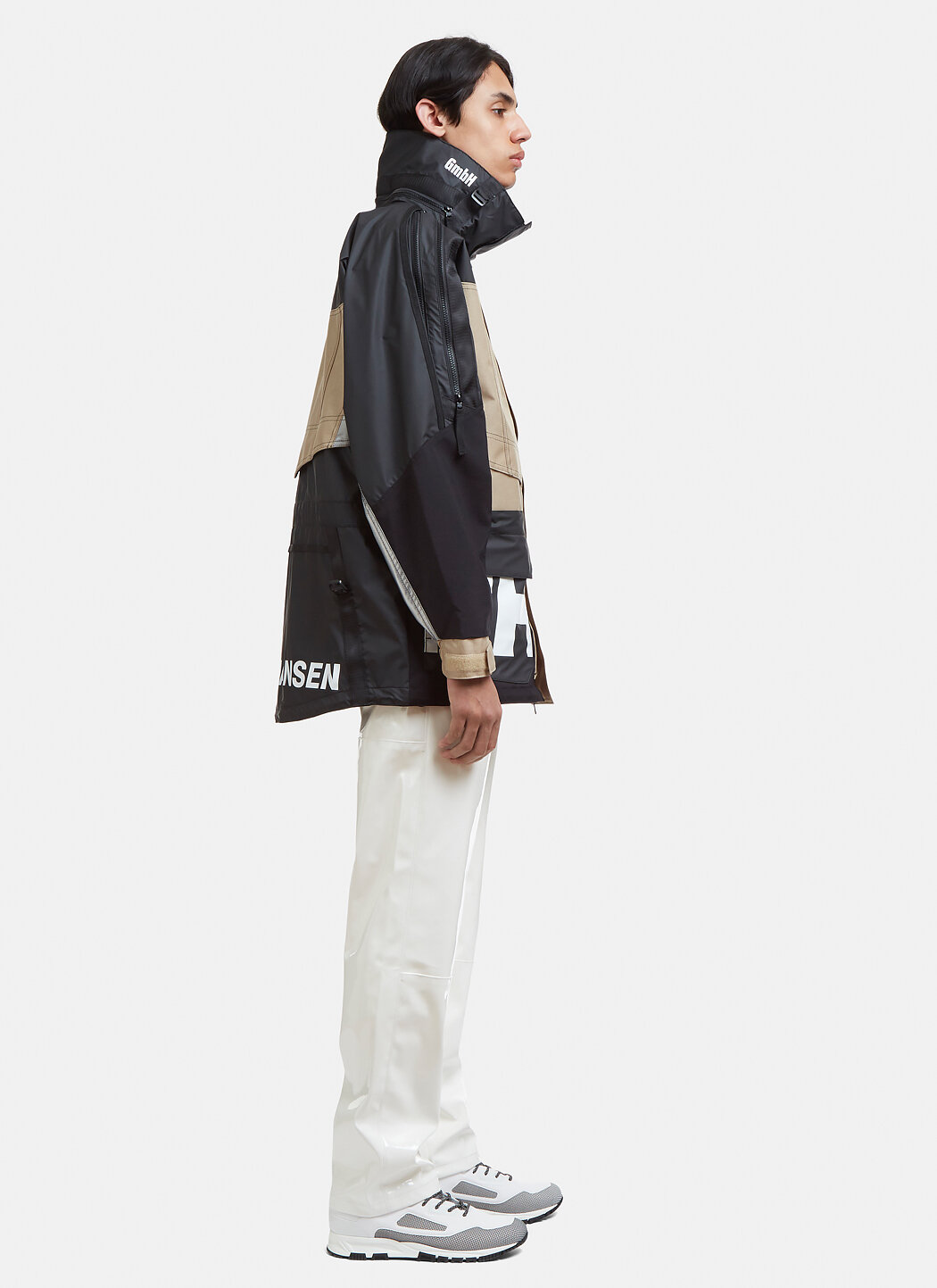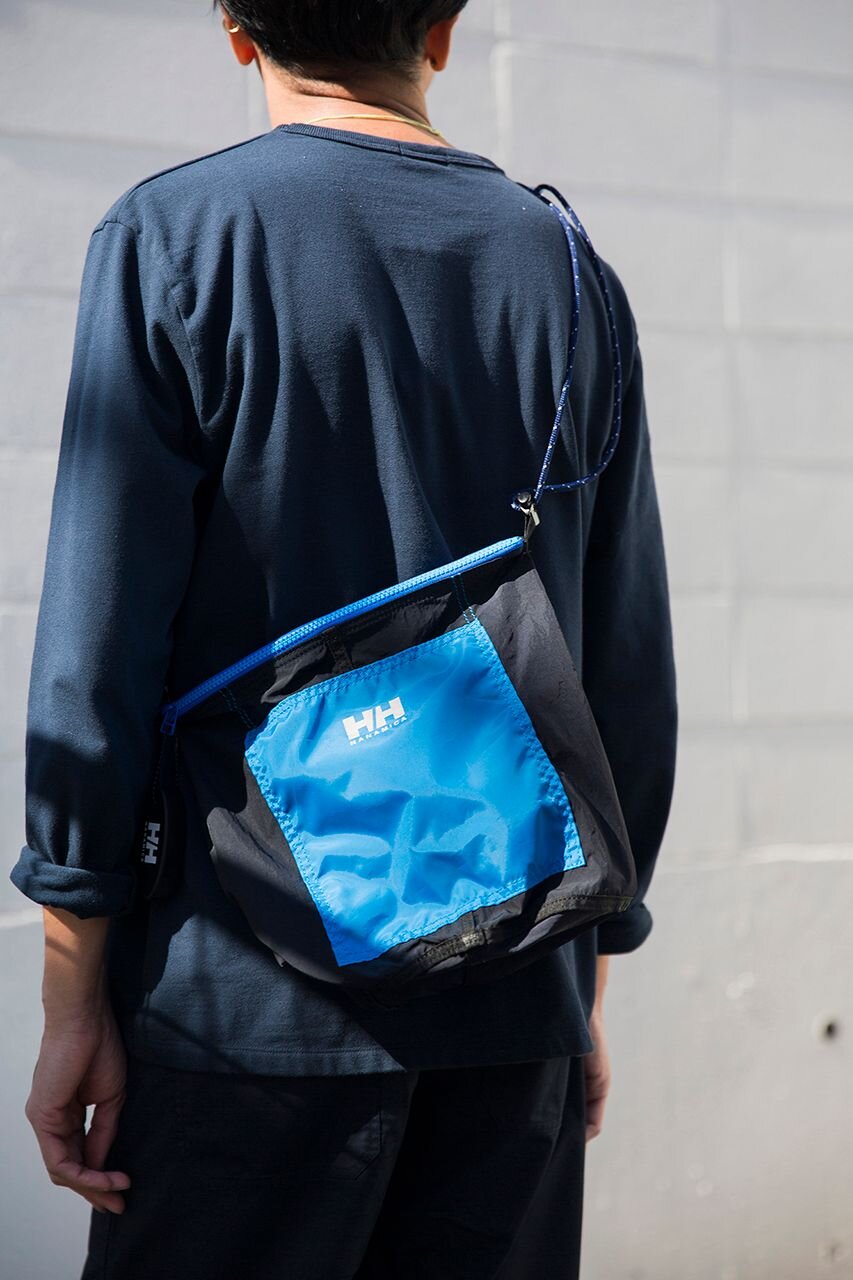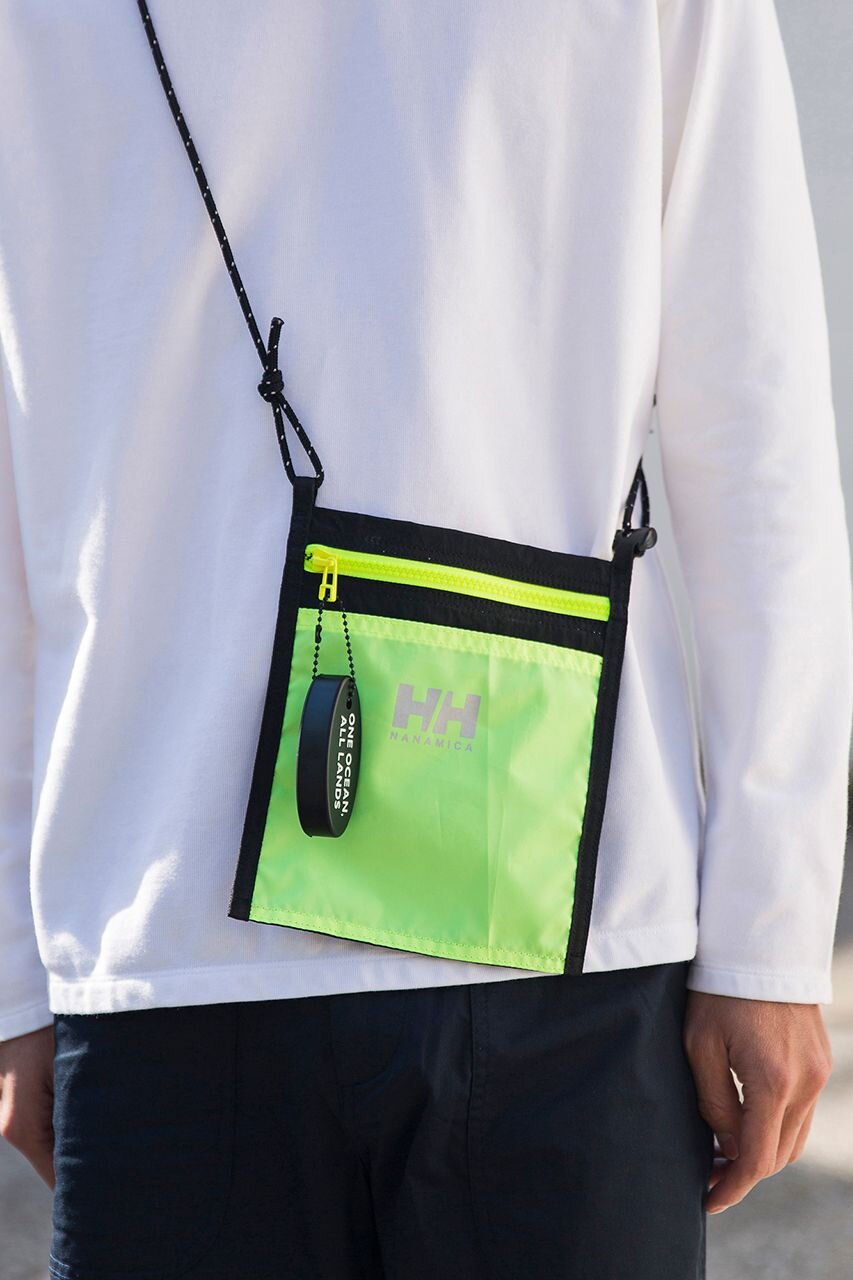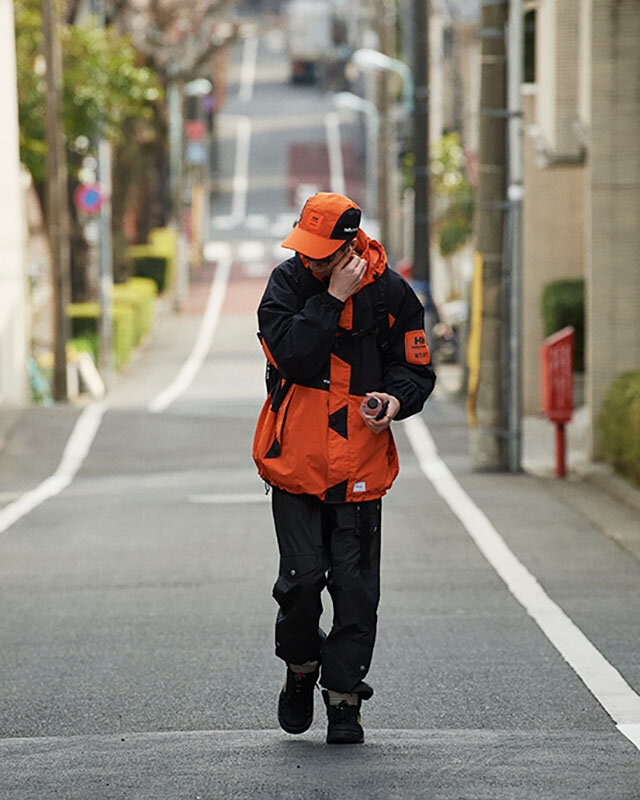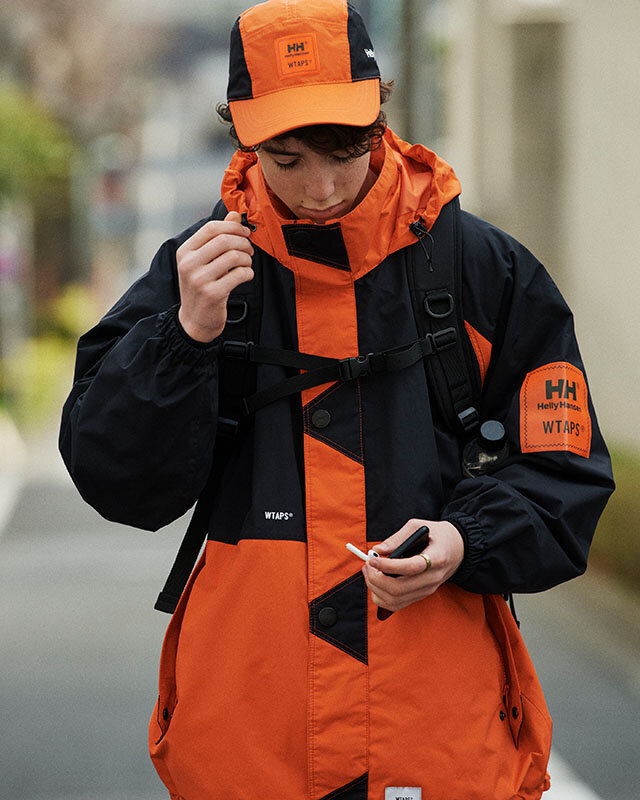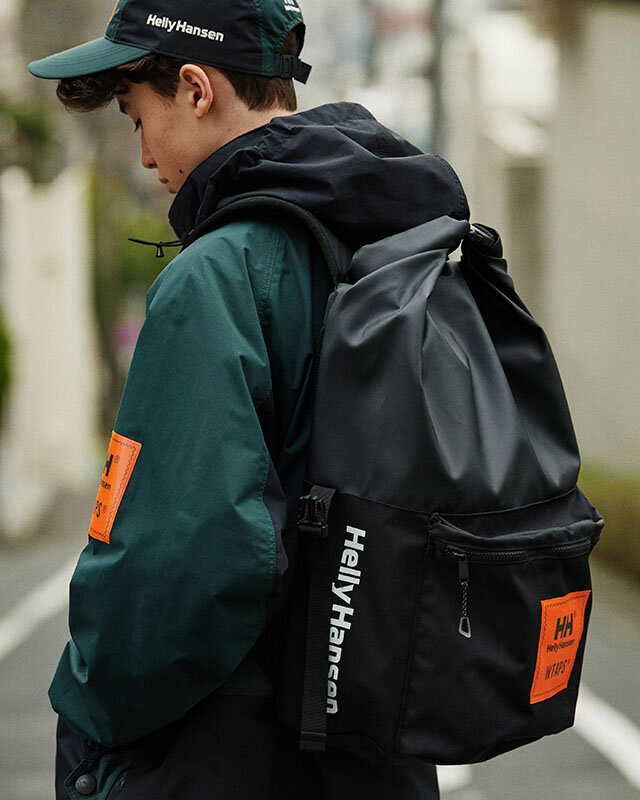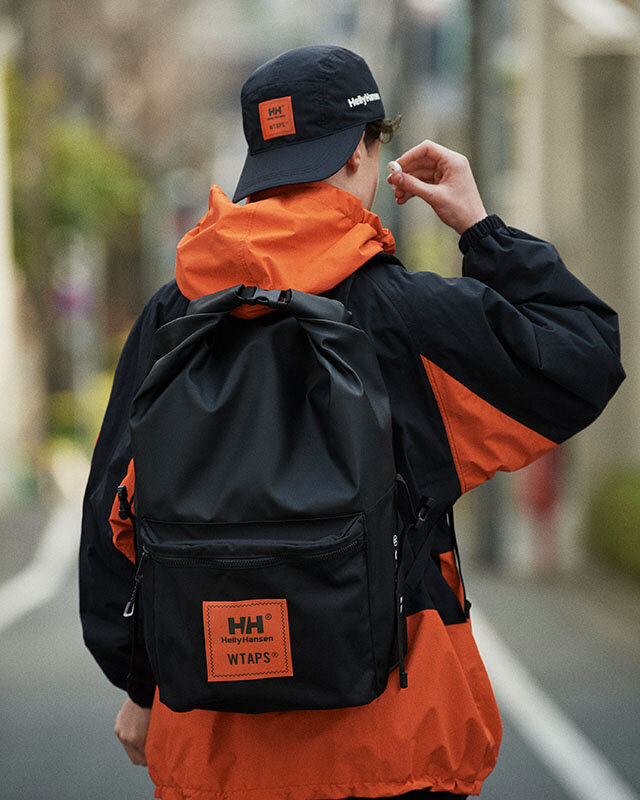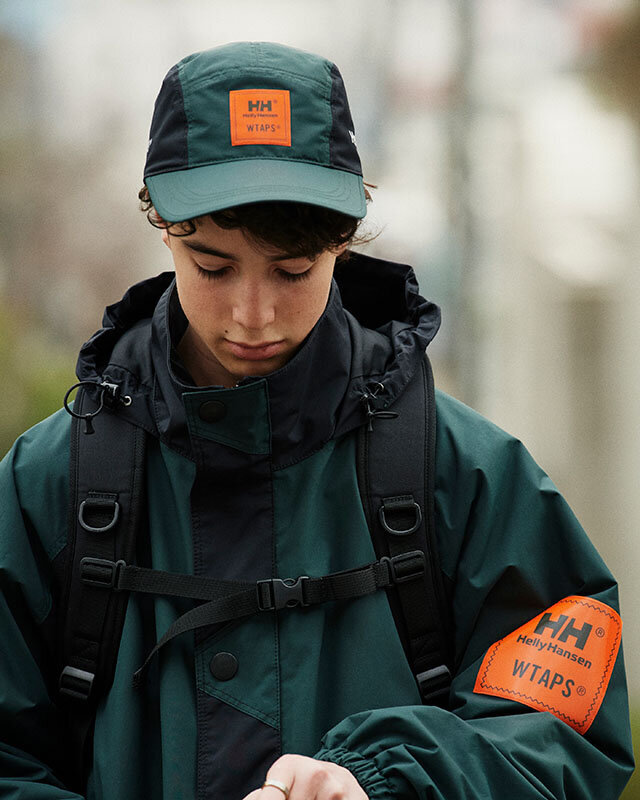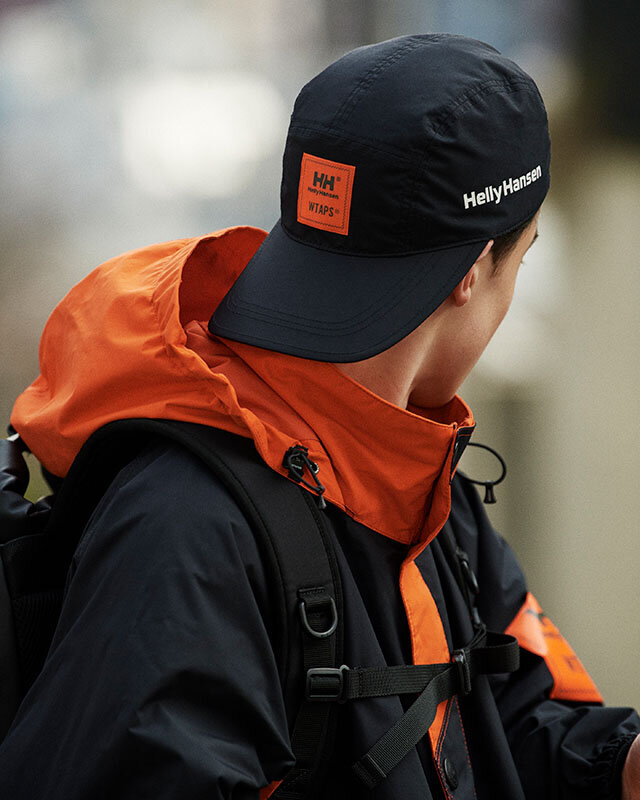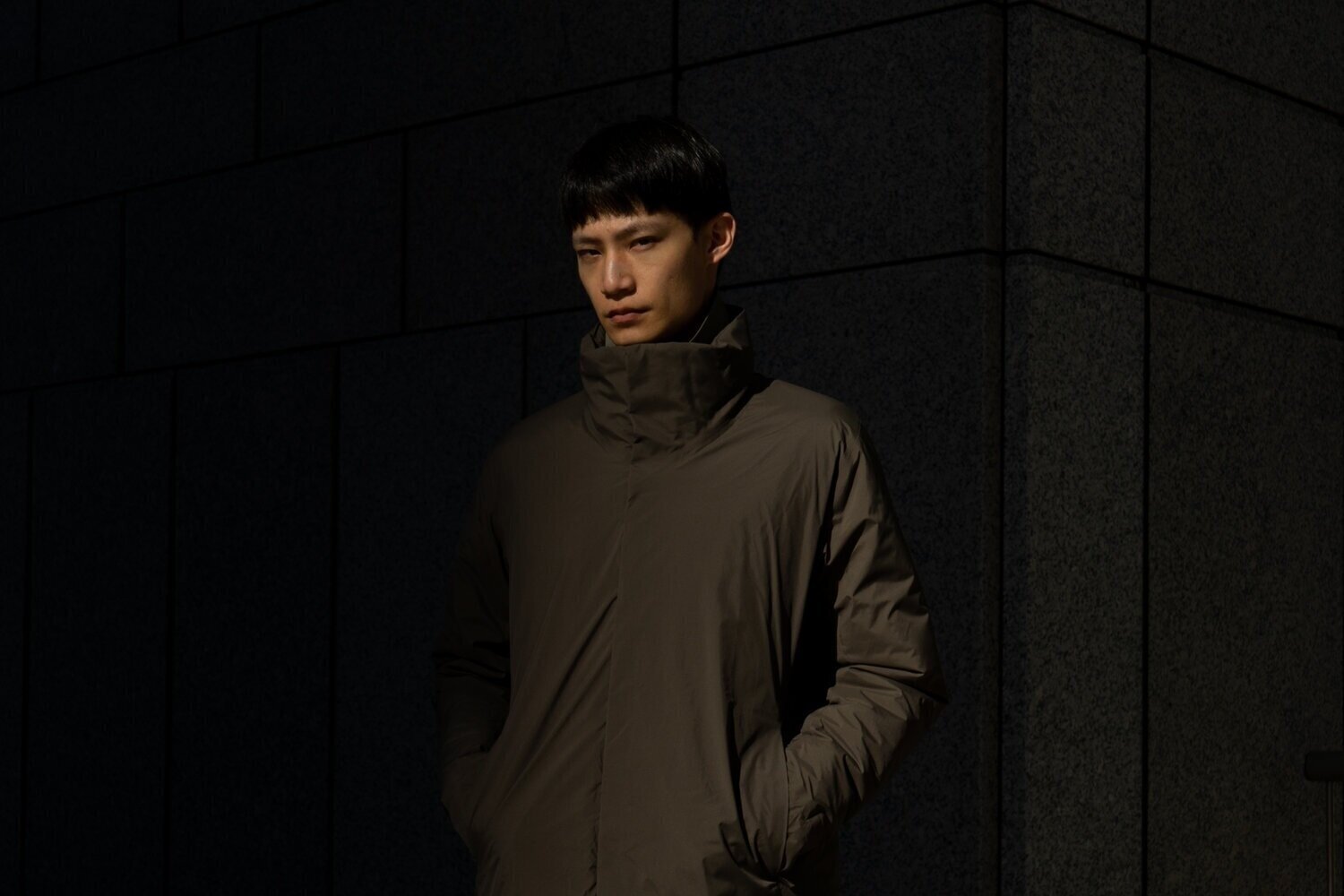FORM AND FUNCTION: AN INTRODUCTION TO HELLY HANSEN
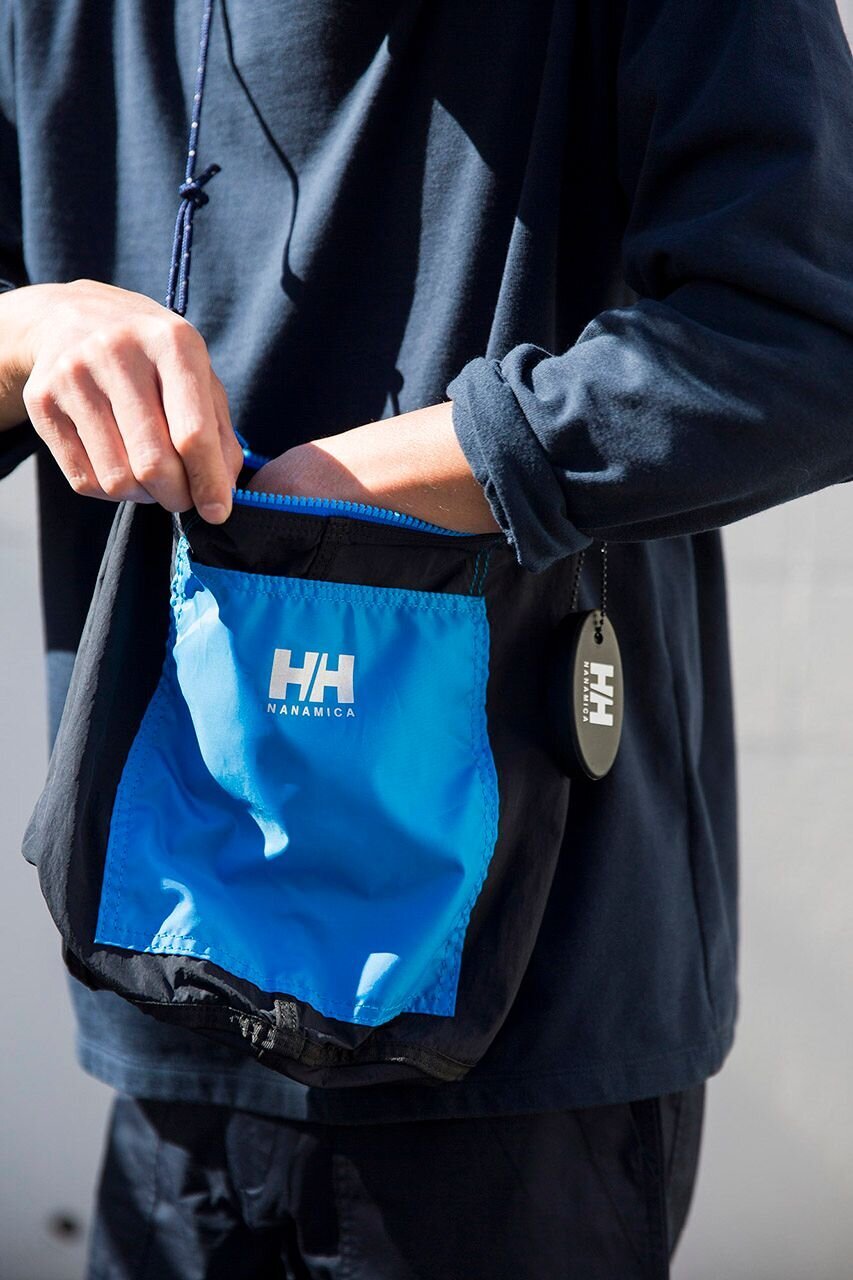
A brand written about at lengths in regards to its ties to 90”s hip-hop and street culture, but seldom mentioned for its technical excellence and legacy, Helly Hansen is the perfect subject for us to shine a light on in our functionalwear series.
This introduction into Helly Hansen is part of a continuing series that examines functional wear by focusing on the designers and brands that are making an impression on a segment of the fashion industry which prioritizes progressive fabrics and specialized features.
Sea Captain Helly Juell Hansen
Founded by a ship captain in 1877, the self-titled label was conceived in Moss, Norway, with the purpose of providing better equipment and apparel to sailors, and ship workers.
Since Helly was a captain himself, he had firsthand experience with the existing alternatives, their technologies, and respective problems with each. He set out to revolutionize functional wear, and has undoubtedly become an iconic namesake brand through its consistent research, development, and focus on utility.
Helly Hansen saw huge success domestically with its first efforts; coarse cotton linens soaked in linseed oil gave mariners a barrier against cold and rain, and with his own drying method overlooked by larger-scale producers, his oilskin jackets became an award-winning icon within the Norwegian sphere. His primitive, while albeit functional first iteration of apparel had rocked the boat; waterproof like its competitors, but more lightweight and supple fabrics gave HH an edge.
Not only did the port city of Moss enjoy the clothing, but within a year of founding the company, Helly and his wife were producing oilskin suits for commercial sale.
Awarded a diploma of excellence at the Paris World Expo, Helly Hansen quickly crossed the seas and garnered success across Scandinavian Europe; by 1882, over 10,000 garments were in circulation, with Moss having merely 5-7000 people living domestically.
Flourishing through the 20th century with a plethora of technological progressions and reiterations, the brand became a worldwide success in the streets with a hand from a lucky connection to Wu-Tang; a catalyst to the east coast hip-hop’s obsession with the brand. The jackets became commonplace in America; if you were any kind of cool then you’d have a Helly Hansen puffer, just like the legendary Mobb Deep. HH jumped at the opportunity to embrace hip-hop in a time where many nautical brands simply gave it no attention.
In the UK and Europe, however, the brand’s wide colour pallet was adopted by the underground rave scene.
This spike in consumerism was brilliant for the brand. Enjoying record-breaking profits, they aimed to capitalize on the hype and up their production. This backfired completely, with the brand being dropped by rappers and seen as uncool, seemingly just as quickly as it became the hot name on the block. Helly Hansen went from a flex, with Mase, LL cool J and Redman name dropping it into their verses, to a diss; Junior M.A.F.I.A’s Mr. Bristal said “come fast, went out like Helly Hansen” in 1999, showing just how fast the rise and fall of HH was.
Later on, in the 21st century, the brand was revived, with Nigo, Atmos, and Skepta mostly held responsible. Not only this, but Helly Hansen had learned from past mistakes; following a change of owners in the early 21st century after financial woes from overproduction in America in the ’90s, the newest owners of the label are dead set on cementing the brand’s identity as a modern functional wear powerhouse and kick out new products regularly to tackle rain, wind, and now snow, with the skiing division of HH being launched more recently and enjoying equal success.
Technologies and development
Following the passing of Helly Hansen in 1914, his successor (also Helly Hansen) began work towards new textiles. The current leader, oilskin linen, was heavy, stiff, and carried a pungent aroma.
Linox, the Helly Hansen produced glossy fabric, was not only an improvement on the current offerings but could be produced in any colour one wanted, rather than a dull bleached cotton. Allowing for the production of the first waterproof zips on jackets in the early 50’s, the textile turned the maritime apparel sphere upside down.
Linox was top dog from its inception in 1920 until it was eclipsed by another HH textile in 1949; the heir to the throne, Helox, utilised a thin film of PVC sewn into the garments to provide its waterproofing. With 30,000 outerwear pieces using Helox being produced every month, the brand was entrenched in the maritime world, achieving the goals that Helly set for the brand 1877 and completing his wish list for a jacket he wished he could have worn in his days of seamanship.
Nearly a decade post-Helox, HH developed another revolutionary textile; claimed to be the original fleece, Fiberpile became Helly Hansen’s go-to thermal insulator in 1961. Today known as ProPile, the fleece gave seamen far better returns on warmth, giving greater comfort on long days fishing on the open water. Another breakthrough followed in the 70’s, with LIFA; a technical base-layer with warmth and moisture-wicking properties, priorly used in nappies and sanitary pads and overlooked by competitors.
HERITAGE PILE JACKET
Helox, Fiberpile, and LIFA were incredible solo, but better together; when layered, the properties of each textile were combined and gave a tri-layered dream. Warmth from Fiberpile, breathability from LIFA, and waterproofing from Helox, this was a 20th-century outdoorsman’s wet dream.
By this point in time, the brand had a whole new beast to compete with; GORE-TEX, with its own 3-layer format, had swept the floor with everyone in the race for better textiles.
It was a situation of adapt or die, and GORE-TEX was taking its sweet time giving out-licensing to brands wanting to use its revolutionary technology. Helly Hansen replied with Hellytech in the 80s, a waterproof and wind-resistant outer layer, which took Helox’s place in the tri-layer construction of HH garments.
Together, the trio of materials, all produced by Helly Hansen, allowed the brand to become one of the world’s most notorious functional wear brands in the late 20th century, even rivaling competitors with the GORE-TEX licensing.
Berge Viking secured 8th place in their historic first as a Norwegian boat in the Whitbread Round the World Race.
The current state of Helly Hansen:
Following financial turmoil for the brand in the late 90’s due to the overproduction of casual wear styles, the brand changed hands multiple times; as previously mentioned, the current owner Canadian Tire is dead set on the production of high-quality garments, with function as a focus.
The key consumers, sea men and women, skiers, and outdoorsmen stress test the product for HH every day. Helly Hansen has fostered success, not only with its own brand but through the continuous support of a large number of high-performance elites.
Big names in sailing like MAPFRE’s Spanish crew, Atlas ocean racing in Quebec, and even the UK’s Royal National Lifeboat Institution utilise HH daily, and as such, the apparel needs to be of top quality with all the bells and whistles. With lightweight, waterproof materials suited to fast-paced racing, or jumpsuits with every warmth property available and real-time GPS tracking, these garments are engineered to fit a niche demand, but do so flawlessly in the modern world.
The Ægir offshore collection is the modern-day realisation of Helly Hansen’s master plan.
A diverse range of marine wear, wherein every feature, cut, and stitch delivers function and fulfills a purpose. Ocean jackets and trousers aplenty, with baggage and even a full-body dry suit, the collection compromises nothing and cuts no costs. The Ægir ocean jacket is maritime perfection; hi-vis everywhere, full GPS support, and quintuple-layer construction all lend a hand to the production of a top of the line, functional wear masterpiece.
In skiwear, the HH ambassadors include the likes of Purcell Heli Skiing, and the national teams for Finland, Sweden, and Canada. Equipped with full waterproofing, temperature regulating textiles, and internal GPS beacons, the skiers facing precarious conditions are protected from every threat. The brand’s newest technology, H2FLOW, is a system developed with professionals which stores warm air and allows you to ventilate with a multi-layered system of textiles of varying permeability.
The extensive crop of skiing jackets has recently been revamped, with the 3rd iteration of their ongoing lines. Alpha 3.0, the best seller, has an integrated H2FLOW system; mechanically powered air venting which gives superior breathability to its competitors, as well as a “life pocket”, designed to elongate and protect batteries on mobile phones in sub-zero conditions. Foldout hi-vis streaks alert fellow skiers to your location on a crowded slope, and hand warming pockets give unparalleled comfort on the go.
Alongside the performance pieces, there are garments tailored for functional wear enthusiasts not looking to send out radio waves to an air ambulance while walking down the street looking good. The casual line of products, retaining the general aesthetic and ideologies, are for people like us; wearable, yet still fully equipped. The Japanese wing of Helly Hansen is headed by Goldwin, the same management as The North Face’s illustrious purple label line, and as expected pushes out high-quality Japanese exclusives of all cuts and colours.
The brand also manages to connect with a plethora of names, to kick out quality wear while incorporating ideologies from their respective collaborators.
Joining forces with German underground powerhouse GmbH in 2018, the brand gave us a collection throwing it back to 80’s acid raves where HH saw prior success. A trio of jackets were a highlight, coming in a striking blue and white, or more modest black/white and black/beige. Logo laden and with secret pockets galore, the outerwear giant gave GmbH full creative control here, giving rise to beautiful pieces, whether you prefer to make a statement or lay low profile.
Helly Hansen also gave Nanamica a go at producing a duo of shoulder bags; with nylon construction screaming maritime utility, the contemporary wear specialist gave nods to military, climbing, and maritime aesthetics all in one. Even this had some functional surprises, though. The bag was equipped with a float keyring, meaning that if dropped into water the luggage pieces would all float to the surface.
Most recently, the Japanese sector of HH has unheld an ongoing collaborative partnership with WTAPS to produce three collections, the latest of which released March 20th, 2020, and has gone under the radar amongst the current world climate. Reintroducing a classic 90’s HH piece, the G353-cruising jacket for the first time since it’s golden age, the capsule offers a jacket, backpack, and headwear set in two colourways; the more striking orange and black colourway is a statement set and a functional wear enthusiast’s birthday cake wish, the product of a brilliant partnership between the two Japanese technical specialists.
Helly Hansen, over a century post-creation, has been a resounding success. Flourishing in all areas, the label can do no wrong; it even caters to the fashion-forward, culture vultures who are lapping up functional wear now more than ever. With a strong direction and extensive list of ambassadors, the brand is a bottom-up approach to functional wear, focusing on the needs of the consumer out there in nature’s toughest conditions. A brand that is often swept under the rug nowadays, Helly Hansen should be one of the first brands mentioned in a conversation on functional wear.
ABOUT THE AUTHOR
Based east of London, England, Samuel Le Roy is a 20-year-old student, soon to finish a degree in chemistry. At any moment he’s tapped into multiple subcultures and has become an authority on fashion over multiple years since being coaxed into the community through Instagram and YouTube content. With a particular interest in streetwear and fashion, Sam aims to travel to Tokyo to immerse himself in Japanese culture once completing his studies, and continue writing pieces like this.









